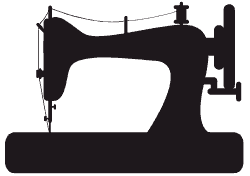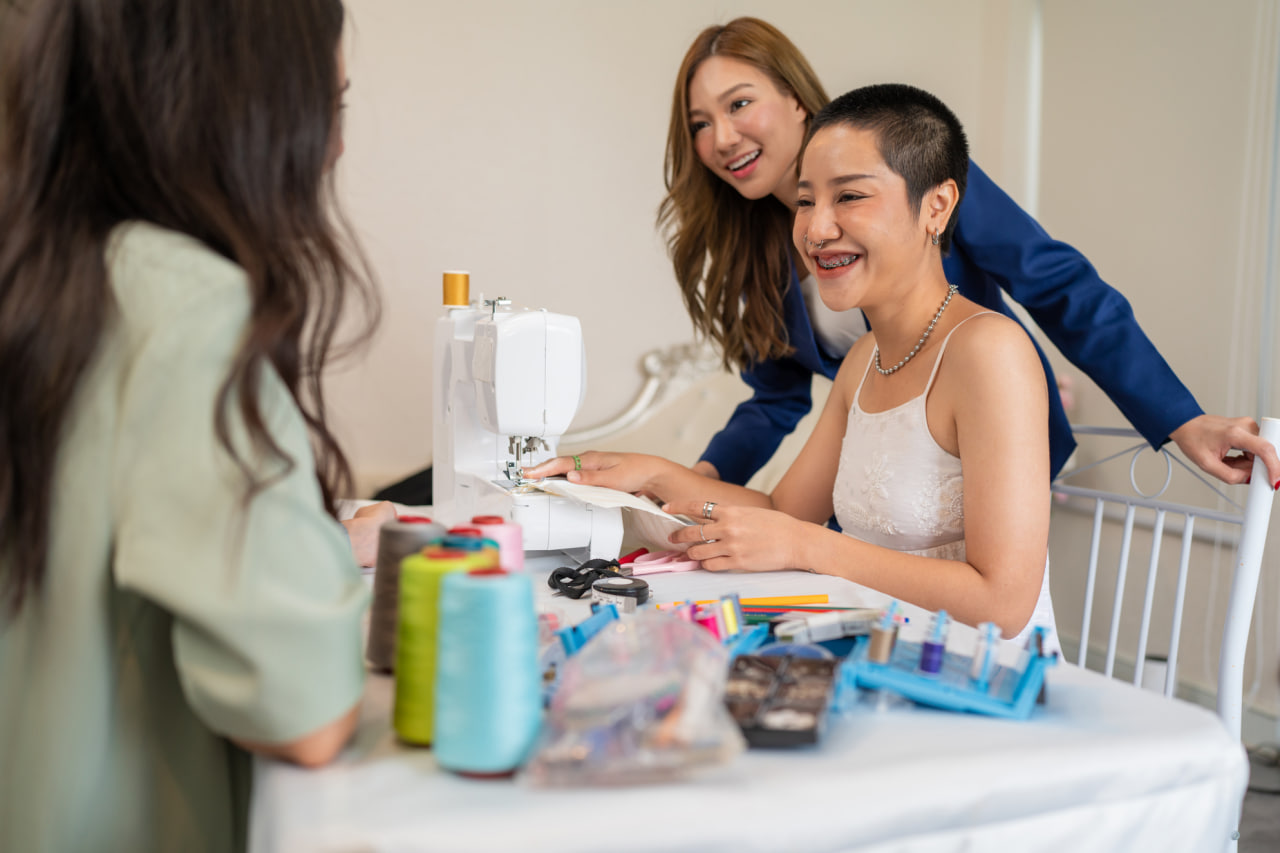How to Choose the Right Fabric for Your Sewing Project
Choosing the right fabric is one of the most important decisions you’ll make when starting a sewing project. The fabric you select affects not only the look and feel of the finished piece but also how easy or challenging the sewing process will be. Whether you are making clothing, home decor, or accessories, understanding fabric types and their properties can save you time and frustration. In this blog, we’ll explore how to choose the best fabric for your sewing project by considering key factors such as fiber content, weight, drape, and purpose.
Understand Different Types of Fabric Fibers
Fabric fibers are broadly categorized into natural and synthetic fibers, each with its own qualities.
Natural fibers include cotton, linen, wool, silk, and hemp. These fibers are breathable, comfortable, and often preferred for garments worn close to the skin. Cotton, for example, is versatile, easy to sew, and widely available, making it a popular choice for beginners.
Synthetic fibers, such as polyester, nylon, and acrylic, tend to be more durable, wrinkle-resistant, and sometimes more affordable. They are often blended with natural fibers to combine the best qualities of both.
Knowing the fiber content helps you predict how the fabric will behave when washed, stretched, or sewn, which is critical to the success of your project.
Consider Fabric Weight and Thickness
Fabric weight affects how your project will hang and feel. Lightweight fabrics like chiffon or voile are airy and flowy, perfect for blouses or summer dresses but can be slippery and tricky to sew. Medium-weight fabrics such as cotton poplin and linen are easier to work with and suit a wide range of garments and home decor.
Heavyweight fabrics like denim, canvas, and wool are durable and great for outerwear or bags but require sturdy needles and more advanced sewing techniques. Matching fabric weight with your project ensures the finished piece looks and functions as intended.
Evaluate Fabric Drape and Texture
Drape refers to how fabric falls or hangs. Fabrics with a soft drape, such as silk or rayon, create fluid silhouettes, while stiffer fabrics like taffeta or denim hold their shape and add structure.
Texture influences both the appearance and the feel of your creation. Smooth fabrics tend to show seams and stitching more clearly, while textured fabrics can add visual interest but may hide mistakes. When choosing fabric, consider the style and purpose of your project and how drape and texture will enhance or detract from your design.
Think About Color and Pattern
Color and pattern are vital in expressing your style and matching your project’s purpose. Solid colors are versatile and easy to pair, while prints and patterns add personality and flair.
Keep in mind that large prints or patterns may need careful alignment, especially for garments, to ensure a professional look. Additionally, colors can behave differently under various lighting conditions, so it’s helpful to view fabric samples in natural light before purchasing.
Assess Fabric Care and Maintenance
How you will care for the finished item is another important factor. Some fabrics require dry cleaning or delicate handling, which may not be practical for everyday wear or frequently used items.
Cotton and polyester blends are often machine washable and low maintenance, making them suitable for beginners and daily use. Always check the care instructions on fabric labels and consider your willingness to follow them before making a selection.
Match Fabric to Your Skill Level
Certain fabrics are more beginner-friendly than others. For example, quilting cotton is stable, easy to cut, and sew, making it an excellent choice for novices. Stretchy knits or slippery silks require more advanced skills like handling stretch and preventing shifting.
Be honest about your sewing experience and choose fabrics that suit your current level. Starting with easier fabrics builds your confidence and prepares you for tackling more challenging materials later.
Consider the Project’s Purpose and Seasonality
The function of your project should guide fabric choice. For summer dresses, lightweight breathable fabrics like cotton or linen are ideal. For winter coats or bags, heavier and more durable materials like wool or canvas are preferable.
If you’re sewing home decor items like curtains or upholstery, consider fabrics that are fade-resistant and durable enough for regular use. Always think about how the fabric’s properties align with how and where your finished piece will be used.
Test Fabric Before Committing
If possible, buy a small fabric sample or swatch to test before purchasing larger quantities. You can practice sewing on the sample to see how it behaves under the needle, how it presses, and how it looks after washing.
Testing fabric beforehand helps avoid surprises and costly mistakes, especially when working on significant or expensive projects.

